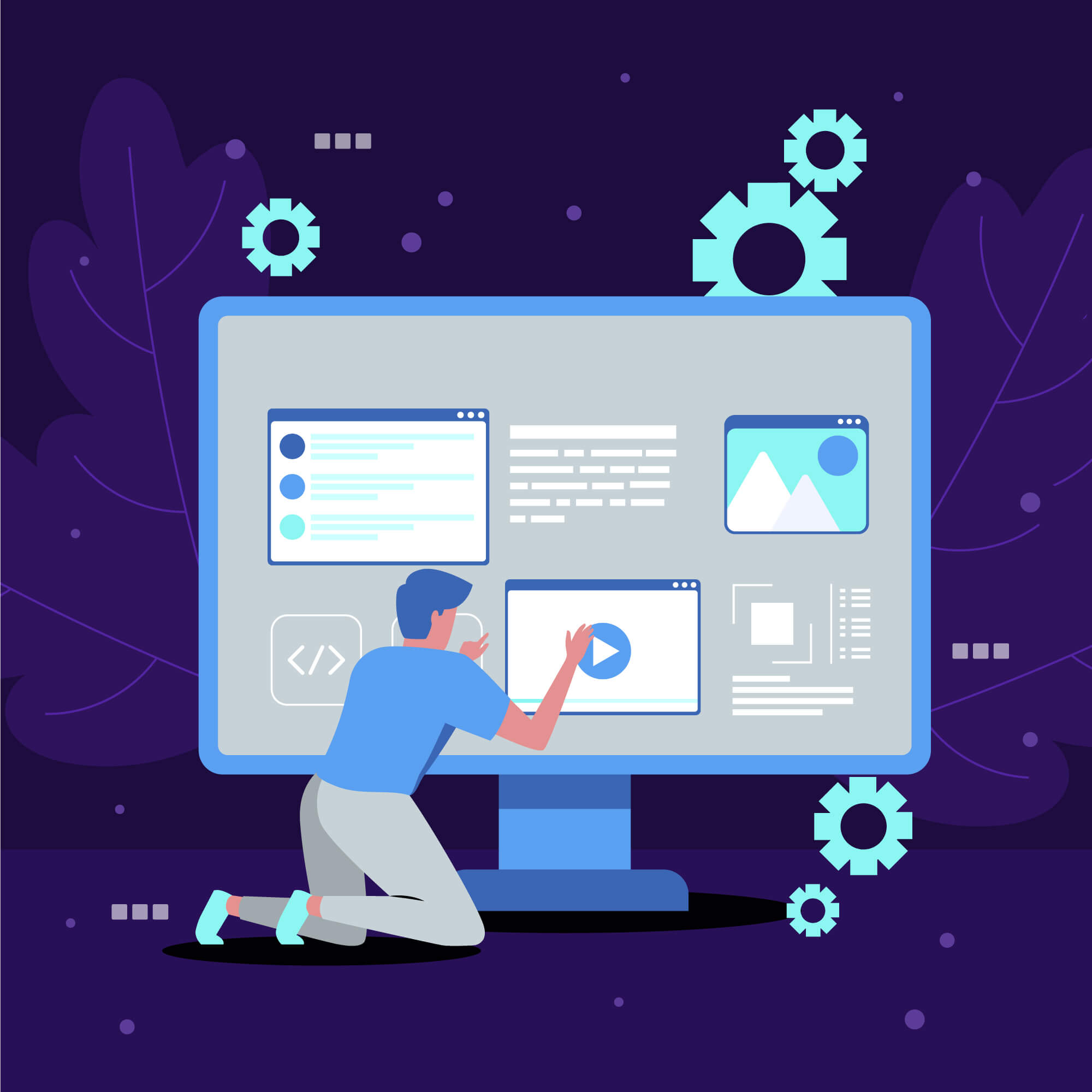Most common way to get a new software

In the fast-paced world of technology, acquiring new software has become an integral part of our daily lives. The most common way to obtain software today is through the process of downloading it from official websites or app stores. This method offers a convenient, secure, and reliable way for users to access a wide range of applications tailored to their needs. For businesses and individuals seeking custom solutions, collaborating with a reputable web development company can ensure the creation of specialized software that meets their unique requirements.
For web development, the most common way to acquire new software is through official websites and package managers. Web developers often visit the official websites of programming languages, frameworks, and libraries to download the latest versions directly from the source. Package managers, such as npm for JavaScript or Composer for PHP, streamline the process by automatically handling dependencies and version control. Additionally, developers frequently rely on version control systems like Git, often integrated with platforms like GitHub or GitLab, to collaborate on projects and manage code repositories. This combination of official websites, package managers, and version control tools ensures web developers have access to the latest and most secure tools for building and maintaining websites and applications.
Official Websites
One of the primary ways users acquire software is by visiting the official websites of software developers. These websites serve as central hubs where users can find the latest versions of the software, documentation, and support resources. Whether it's productivity tools, creative applications, or utility software, developers often provide direct download links on their websites. This method ensures that users are obtaining the software directly from the source, minimizing the risk of downloading compromised or pirated versions.
App Stores
With the rise of mobile devices, app stores have become ubiquitous for software distribution. Platforms like the Apple App Store, Google Play Store, Microsoft Store, and others have streamlined the process of discovering, downloading, and updating applications. Users can browse through curated selections, read reviews, and confidently install software with the assurance that it has passed the app store's security checks. App stores offer a centralized and user-friendly approach to software acquisition, catering to both desktop and mobile applications.
Subscription Services
The software industry has witnessed a shift towards subscription-based models. Many users now prefer subscribing to services that offer access to a suite of applications rather than purchasing individual licenses. Subscription services, such as Adobe Creative Cloud, Microsoft 365, and others, provide users with the latest versions of software, regular updates, and cloud-based collaboration features. This model not only ensures users have access to the most up-to-date features but also offers a more predictable cost structure.
Open Source Repositories
Open source software has gained immense popularity, and users often obtain such software from open source repositories. Platforms like GitHub, GitLab, and Bitbucket host a vast array of open source projects. Users can download the source code, compile it, or, in many cases, find precompiled binaries for easy installation. Open source repositories not only facilitate software distribution but also encourage collaboration, allowing developers to contribute to and improve existing projects.
Built-in Software Stores
Operating systems often come with built-in software stores or package managers that streamline the installation of software. For example, Linux distributions commonly use package managers like APT or YUM, while Windows has the Microsoft Store. Users can browse these stores, search for software, and install it with a few clicks. This approach enhances user convenience by centralizing software management within the operating system.
Corporate Software Distribution
In corporate environments, IT departments often manage software distribution to ensure consistency, security, and compliance. Software deployment tools, such as Microsoft SCCM (System Center Configuration Manager) or JAMF for macOS, allow administrators to deploy and update software across a network of computers. This centralized approach ensures that employees have access to the necessary tools and that software versions are consistent across the organization.
Peer-to-Peer Networks
While not as common for mainstream software, peer-to-peer (P2P) networks are still used for sharing and distributing software, especially in the open source community. Torrents, for example, enable users to download large software packages more efficiently by distributing the download load across multiple sources. However, caution is advised when using P2P networks, as they can expose users to security risks and the potential for downloading unauthorized or compromised software.
Retail Distribution
Traditional retail distribution, where users purchase physical copies of software from stores, has become less common with the digital age. However, some specialized software or high-end applications may still be available through retail channels. Users receive installation media or activation codes with their purchase, allowing them to install the software on their devices.
To conclude, the most common way to acquire new software today is through the seamless process of downloading from official websites or app stores. This method ensures users have access to legitimate, up-to-date software while minimizing security risks. The convenience, speed, and reliability of digital distribution have transformed the software acquisition landscape, providing users with a diverse range of tools to meet their personal and professional needs.
